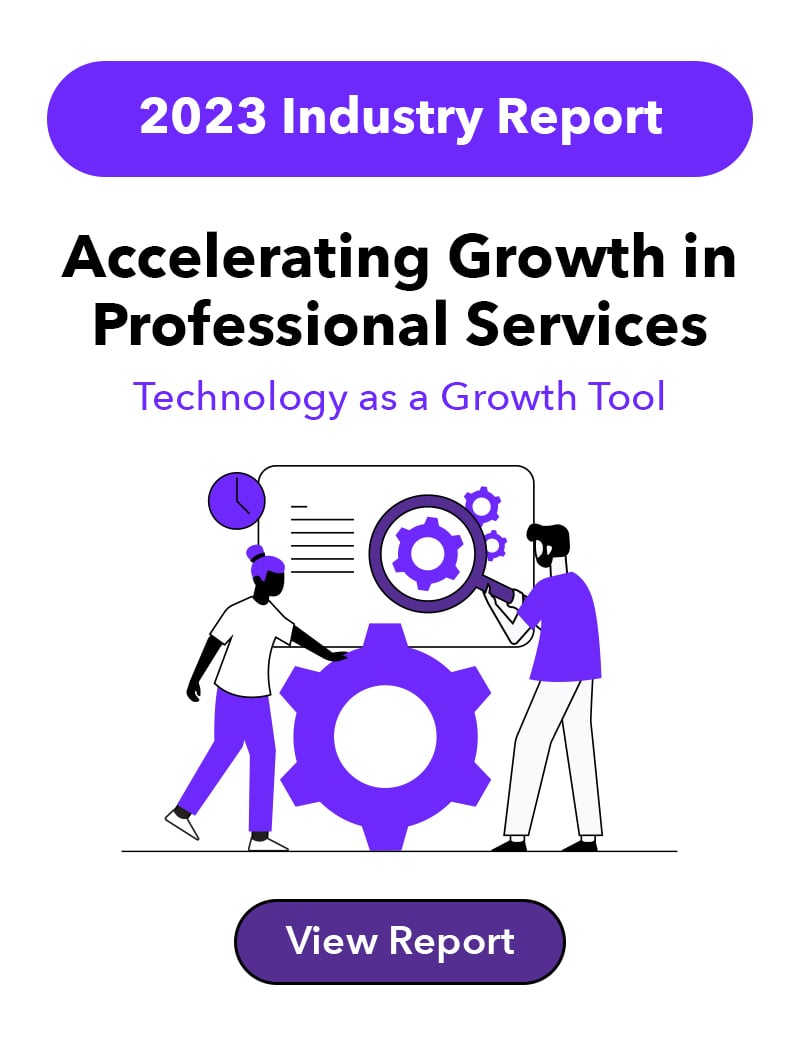There likely isn't a single business leader that doesn't recognize the value of data. Whether it's used for marketing, operations, or client management, data is a critical piece of the overall puzzle.
However, as the number of data systems that organizations have expands, creating a cohesive data system is an increasingly bigger challenge. Often, this leads to dreaded data siloes, meaning that initiatives are happening on an individual department basis, leading to several disconnected processes throughout the organization.
The outcome of this can be misinformed initiatives, inaccurate data and highly inefficient processes. This potentially sabotages your data initiatives, undermining the value that harnessing your data can give you.
Data enablement is a discipline that's recently popped up to help teams activate data in their firm, without sacrificing accuracy or efficiency.
Why Data Enablement is Crucial to a Firm’s Long-Term Success
Data enablement means making the most out of the data you have so it’s actionable, accessible and flexible.
Without data enablement and data enablement tools, organizations can’t drive enough value from the data they already have. Data enablement helps connect teams, departments and business units with centralized, classified and validated data that employees have direct access to.
Once data is enabled, firms can use it to grow their business, innovate and gain a competitive advantage. There are endless opportunities to take full advantage of the data you already have but having the right tools can make all the difference.
How to Choose the Right Data Enablement Tools
The elephant in the room here is that having so many separate systems is what got you here in the first place. So how do you know if the tech that you're bringing on board to achieve data enablement is going to help you, not harm you?
It ultimately comes down to aligning the technology with your people.
The biggest hurdle to implementing new software and processes is your employees. Everett Roger’s classic model of technology adoption states not every employee will immediately adopt new technology. In fact only 16% will use it, even if it has obvious benefits – like saving time.
That’s why choosing tools that not only meet your specific needs, but are also easy to use, is so important.
User-friendliness
Not all technology comes with a lot of support, meaning your employees will likely have to figure out how to use it on their own. And if it's too tricky, the likelihood that they won't use (or will underuse) the software is high.
According to a report by PWC, 92% of C-suite execs say they’re satisfied with the technology experience their company provides for making progress on their most important work, but only 68% of staff agree.
This points to a clear need to consider how the everyday user will experience the product. Consider the following experiences:
- The interface - How easy is it to navigate the product? Can non-tech-savvy people easily figure out how to get to the functionalities they need?
- Filtering capabilities - This is a highly important capability when it comes to enabling data. Since you'll have hundreds or thousands of data points in the same system, you're team needs advanced filtering functionality to easily identify the data they need.
- The speed - Are there long load times, or is it a zippy and convenient experience? Will this be an issue as you add more data?
- Tutorials - For any components that are necessarily more complex, is there an easily accessible learning center for employees to reference?
When a tool is easy and intuitive to use, your team is much more likely to adopt it. The shorter the learning curve, the better odds are that your team will become savvy and consistent users.
Automation
Automation is where the bulk of the improvement in your team’s productivity will come from. According to Business News Daily, automation can save money, boost productivity and improve your employees’ work experience.
Our VP of Marketing, Ann Torry mentioned in her tips for building a strong martech stack that she will not implement technology that doesn't streamline tedious tasks in some way.
This is where the value of data enablement becomes most apparent.
Data enablement tools should be able to automate tedious and repetitive tasks, like gathering data for tombstones, pitches and proposals, to free your team members up for more important work.
With automation, data is entered in one place and updated everywhere, automatically as well as sending notifications when certain goals are achieved, or auto-populating content with templates.
Seamless Data Entry
One of the biggest hurdles with data enablement is getting your team to reliably enter information. This is an especially big problem if you don't have a single system to use and instead rely on spreadsheets, emails, and instant messages.
One of the core capabilities of data enablement platforms should be a way to quickly and easily enter information. Typically, this will be a similar experience to a form, where you send a link that team members can bookmark and click on whenever there is data that needs to be submitted.
Another important consideration here is some kind of approval workflow after the data is submitted. People make typos, submit duplicate information, and make send over incomplete entries accidentally. The tool you select should have a process in place that allows a data steward to ensure that all data entered is up to your standards to ensure it's ready to leverage.
Flexibility and customization
Since the goal of data enablement is to get the right data to the right people at the right time, your tool should be able to deliver an experience based on the key attributes of the user.
This means that each user will have access to exactly the data they are meant to see at that moment, and no more than that. Your marketing team should be able to quickly access client information for tombstones and case studies. Other team members can access data for team bios, tearsheets and pitch decks.
And most importantly, the tool needs to ensure that your teams has access to the most up-to-date information at that moment.
Why Pitchly is the Right Enablement Tool
Pitchly’s easy-to-use platform allows users to design, generate and distribute content all from one place. And no matter how many disparate data sources you have, Pitchly can bring them together in real-time. That means that you can always be confident that you’re getting the most accurate, up-to-date data pulled from all the connected sources.
Pitchly’s key features include:
- Dedicated Workspaces that control data access based on team membership
- Forms to easily collect and vet data across your organization
- Dynamic content templates that you can automatically plug filtered data into for content like tombstones, bios, and more.
Itching to learn more about data enablement?
.png?width=650&height=390&name=Add%20a%20subheading%20(1000%20%C3%97%20600%20px).png)
Tune into a conversation between our VP of Marketing and our CEO all about data enablement and how it can benefit firms. This webinar will be filled with tangible takeways to help you implement (or improve) data enablement strategies in your firm.
 Aug 15, 2023
Aug 15, 2023




